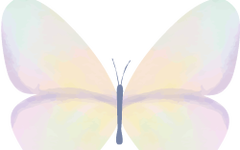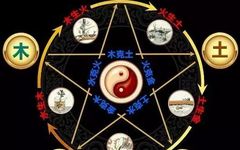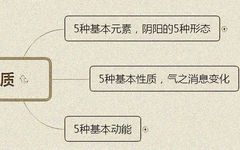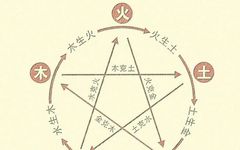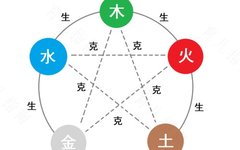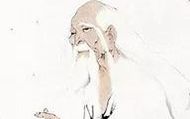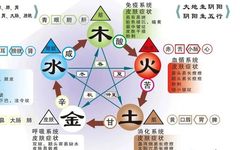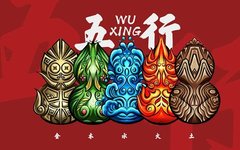How to Regulate the Five Organs and Six Bowels Using the Six-Character Formula?
How to Regulate the Five Organs and Six Bowels Using the Six-Character Formula? The Six-Character Formula, also known as the Six-Character Health Preservation Method, is an ancient health practice that has been passed down in China, serving as a method of breath regulation.Its main feature is to enhance the internal organ functions of the body … Read more


